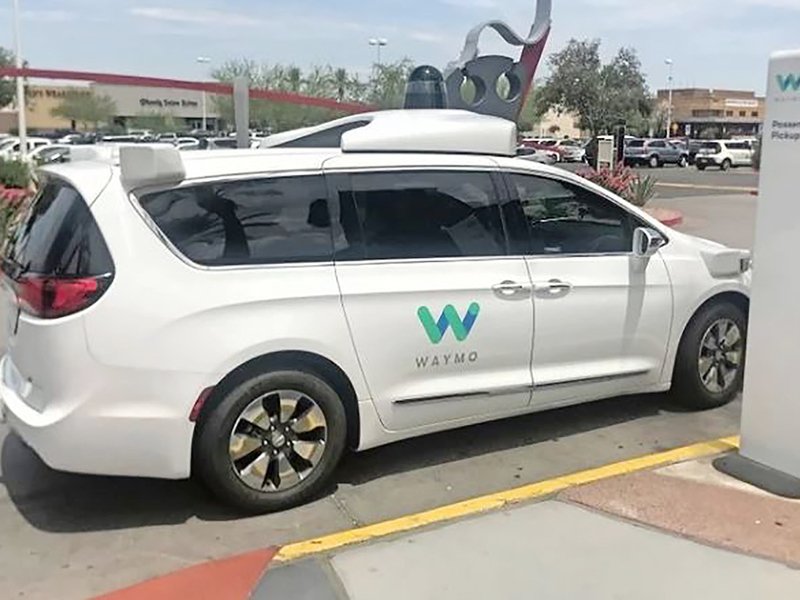
Much like the phrase “horseless carriage” fell from favor in describing motorized vehicles, might “self-driving” someday be replaced with a better way to delineate cars controlled by computers?
Waymo would like to leave “self-driving” for the history books. Starting Wednesday, the Google subsidiary said it will leave the term in its rearview mirror. Instead, Waymo says it will refer to its technology as “fully autonomous driving technology.”
“This is more than just a branding or linguistic exercise,” the company said in a written statement. “Unfortunately, we see that some automakers use the term ‘self-driving’ in an inaccurate way, giving consumers and the general public a false impression of the capabilities of driver-assist (not fully autonomous) technology.”
Clearly, Waymo is seeking to emphasize differences between itself and Tesla, which has muddied the language around autonomy by using “feature complete,” “full self-driving” and “Autopilot” to describe systems that may still require oversight or involvement from a human vehicle occupant.
Neither Tesla nor any other manufacturer currently sells a vehicle with an active system that can take responsibility for vehicle operations.
Consumer confusion surrounding Tesla’s use of “Autopilot” to describe a driver-assist system has been a concern for safety advocates who have pointed to a string of fatal Tesla crashes as warnings of what can happen when humans develop an overreliance on systems meant to assist them but not take responsibility for the driving task.
Whether Waymo’s subtle shift between “self-driving” and “autonomous,” which industry experts have used interchangeably, enhances clarity around the differences between driver-assist systems and autonomous ones remains to be seen.
But the need for more accurate descriptions around both driver-assist and fully autonomous technology has been brewing for some time. In November 2019, Waymo CEO John Krafcik offered a pragmatic distinction between driver-assist and self-driving technology.
“If every time someone talked about a ‘Level 2 system,’ they just said, ‘driver-assist system,’ then it’d be so much easier,” he said at the time. “Maybe the definitional framework is wrong. … If you need a driver’s license, then you shouldn’t call it fully self-driving. If you need a driver’s license, call it a driver-assist.”
Is “self-driving” more apt to be confused with a driver-assist system than “autonomous”? Waymo believes so.
“That false impression can lead someone to unknowingly take risks (like taking their hands off the steering wheel) that could jeopardize not only their own safety, but the safety of people around them,” the company wrote. “Coalescing around standard terminology will not just prevent misunderstanding and confusion, it will also save lives.”
It remains to be seen whether others in the industry will follow Waymo’s linguistic lead.